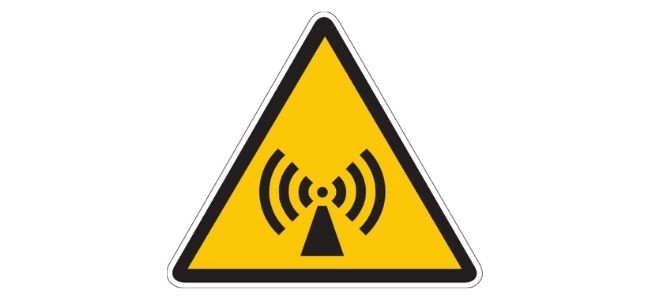Radiation is a general term. It describes any process that sends energy through space or material away from where it came from. Light, sound, and radio waves are all types of radiation.
When most people think about radiation, they are not thinking of these things, though. They are thinking about what is called ionizing radiation. So, what is ionizing radiation and what are its effects?
Want to know more? Then read on as we talk about ionizing radiation.
What Is Ionizing Radiation?
In simple terms, ionizing radiation disrupts atoms and molecules with the human body. When we call it ionizing radiation, we are talking about any radiation that has enough energy to knock an electron off an atom, creating an ion.
Types of Ionizing Radiation
There are five kinds of ionizing radiation: Alpha, beta, neutron particles, gamma rays, and X-rays. The radiation is caused when an ion needs to radiate energy or mass to reach a stable state. Let’s take a closer look at these types.
Alpha
Alpha radiation happens when an atom goes through radioactive decay. This process gives off a particle made of two protons and two neutrons. This particle is called an Alpha particle and they interact strongly with matter.
Beta
Beta radiation happens when an electron or positron is ejected from the nucleus of an atom. It’s lighter than Alpha radiation, so it can travel farther and through more materials. Like Alpha radiation, though, the primary health risk is involved when ingested.
Neutron Radiation
Neutron radiation is usually formed during nuclear fission. They can travel farther than most radiation but is only indirectly ionizing. This makes neutron radiation the only type of radiation able to turn other materials radioactive.
Gamma Rays
Gamma radiation is not made of particles, unlike alpha or beta radiation. Gamma radiation is a high-energy photon emitted from an unstable nucleus. Since it doesn’t have any mass, Gamma Rays can travel farther than alpha or beta particles but are blocked by dense material.
X-Rays
X-Rays come from the electron cloud of a molecule, rather than the nucleus. They are lower energy than gamma rays, with a longer wavelength. Otherwise, they act similar to gamma radiation.
Ionizing Radiation Sources
Ionizing radiation is a natural part of our world. It’s in our food, our water, our soil, and in all living things. While we can be exposed to ionizing radiation through contact with radioactive elements, almost all exposure to ionizing radiation is from our environment and may be higher depending on where you live.
Ionizing Radiation Effects
In the right doses, exposure to ionizing radiation can be devastating to the human body. Alpha and Beta particles, while mostly harmless outside the body, if ingested, do massive damage to not only our molecules but to our very DNA.
Gamma Rays pass right through the human body, and can also cause massive cellular and DNA damage. Conversely, X-Rays are safe enough to be used within many medical disciplines, though large enough doses are still fatal as with gamma radiation. Neutron radiation is a significant health risk.
Meltdown
Ionizing radiation is a generally natural phenomenon that we can use in science and medicine. While doses of this material need to be rigorously controlled, it can be life-saving. It does remain a thing to be respected.
Did you enjoy this article? Take a look at the rest of our site for more informative articles.







